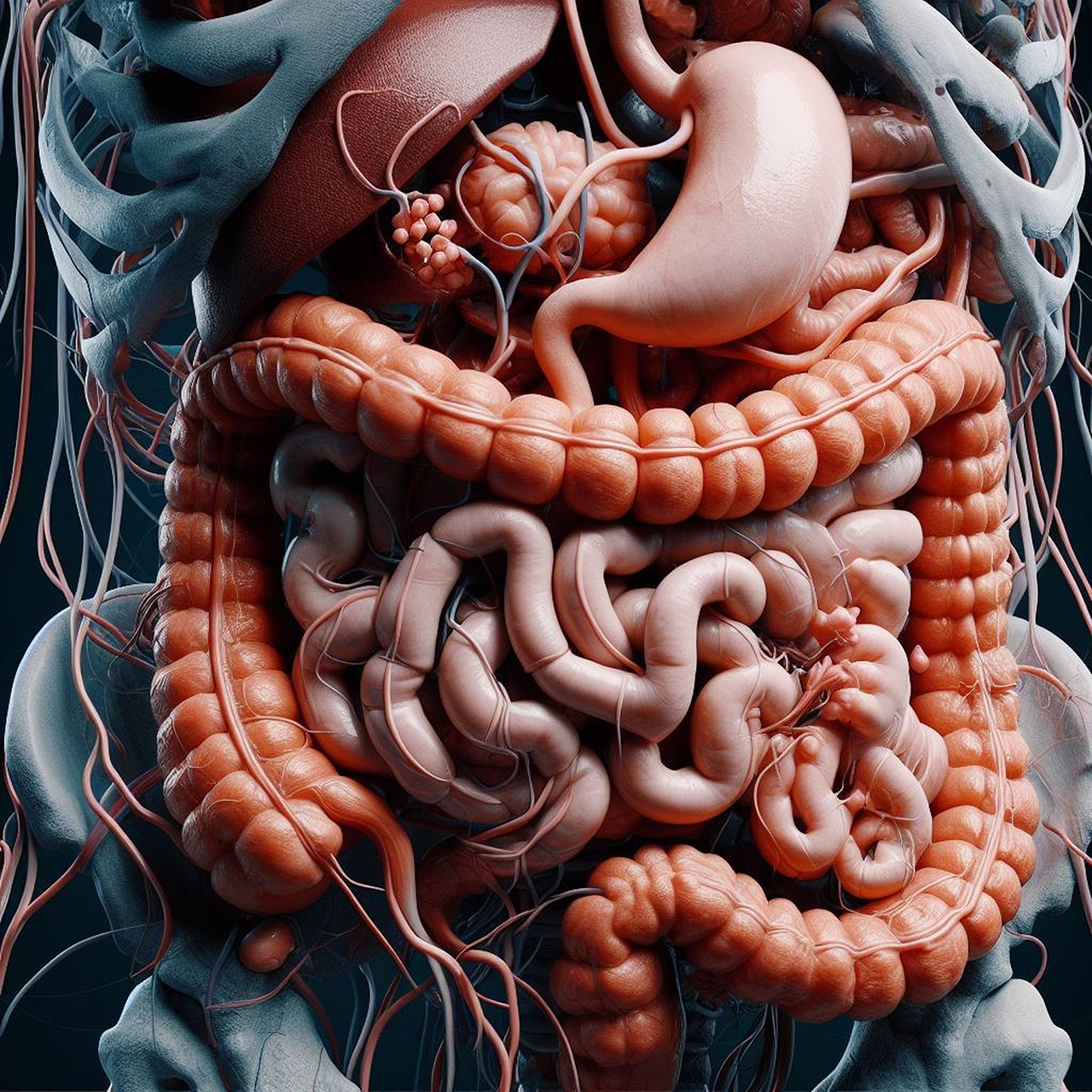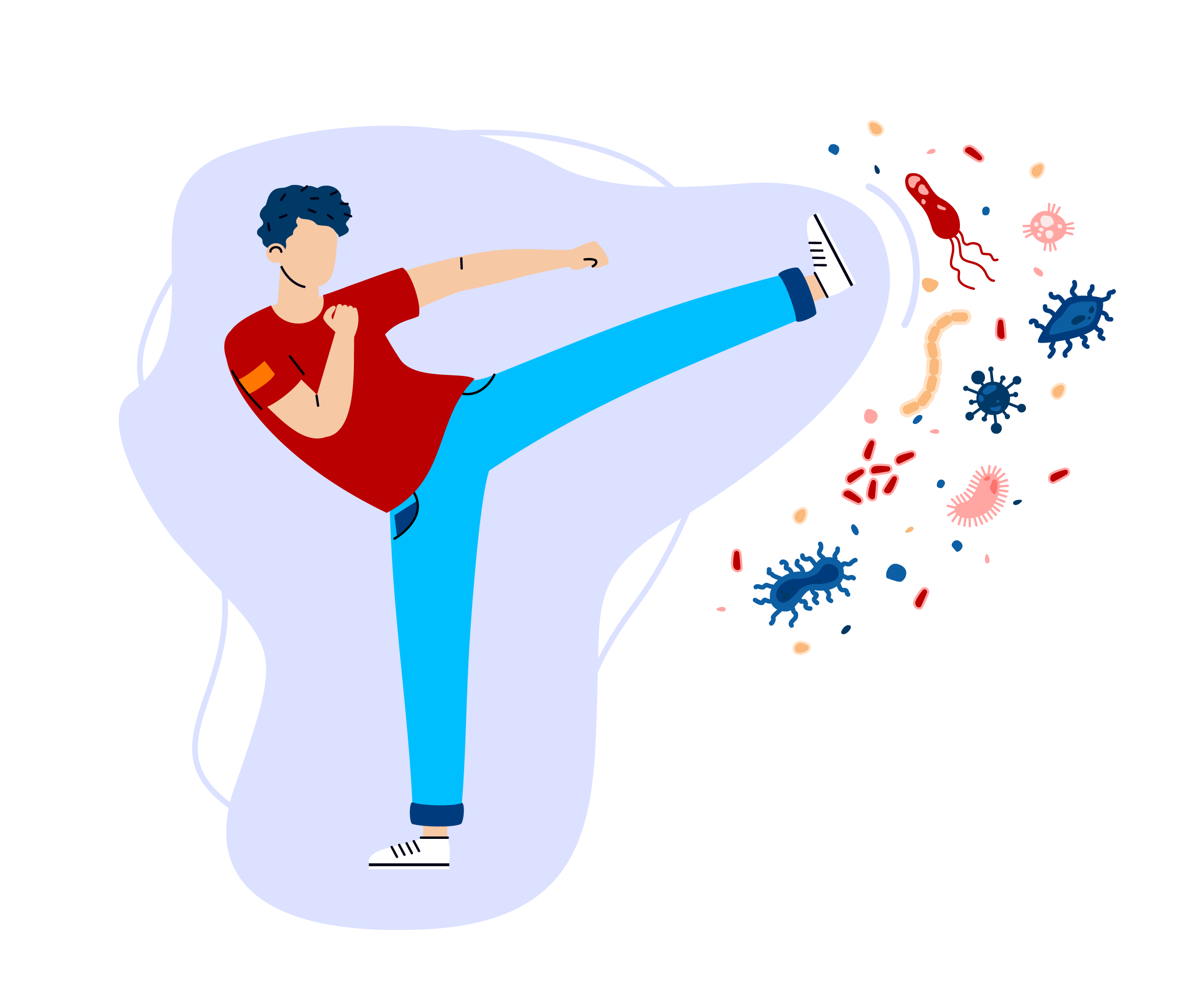
Some people call it the winter blues, but seasonal affective disorder symptoms can be quite debilitating if you have this health condition. Seasonal affective disorder (or SAD for short) is a very real health condition that is much more serious than having the ‘winter blues’.
Do you feel your energy level and mental health taking a dip once the summer months are gone? Longer nights, less daylight, and frigid weather can affect your mood, mental health, and motivation to socialize with family and friends. If you feel more melancholic, depressed and lethargic during the winter season, you could be suffering from SAD or seasonal affective disorder.
Seasonal affective disorder symptoms are mostly mood-related. When the season changes, so do your mood. Studies indicate that millions of adults living in temperate zones suffer from SAD, with many not even knowing they have the condition. Seasonal affective disorder is more common in women than men and affects those who live farther north since the daylight hours are much shorter in wintertime.
In this article, we’ll go over some of the seasonal affective disorder symptoms. If you think you might have this disorder, you should definitely speak to your doctor. Although your sad feelings might fade once the spring season arrives, this condition can leave you out of sorts with unexpected weight gain and emotional lows you must come back from.
Living with SAD may also strain your relationships or affect your job. Find out more about SAD below, because information accords power to help you find your happy mojo all throughout the year.

What Exactly is Seasonal Affective Disorder?
Don’t brush off SAD as just ‘winter blues’, because SAD is a type of clinical depression that comes and goes when the seasons change. Typically, SAD will strike you at the same time every year.
One of the most common seasonal affective disorder symptoms is its seasonal onset when the world around you gets darker and colder. Most people with SAD feel the onset of symptoms at the beginning of autumn when they begin feeling depressed, lacking energy, and becoming moodier.
The sadness gradually becomes more intense as winter sets in. Some people write off seasonal affective disorder symptoms as common winter depression because that’s typically the time of year when feelings of depression are more pronounced. People feel that it’s common for depression to rear its ugly head in the wintertime, and they may minimize their own symptoms. It is common for this disorder to occur between the ages of 18 to 30, but changes in location and other life-altering events later in life can also bring forth the disorder.
Seasonal Affective Disorder Symptoms
Most people with seasonal affective disorder feel symptoms in the late fall, and these symptoms last until the sunnier days of spring or summer come back. Seasonal affective disorder symptoms commonly start as mild and become more severe as the colder season progresses. Signs and symptoms of seasonal affective disorder to watch out for include:
- Feeling unhappy for most of the day, every single day
- Remembering feeling much happier in the spring or summer
- Having low to zero energy for normal activities
- Losing interest in all the activities you normally enjoy
- Facing difficulties achieving proper sleep
- Noticing changes in appetite
- Fluctuating weight, most notably weight gain
- Feeling worthless, hopeless, guilty, sad and depressed
- Encountering problems with concentration
- Having thoughts about death or contemplating suicide
- Feeling constantly lethargic, groggy, or having brain fog
- Sleeping all day or disordered sleeping patterns
What Causes SAD?
The exact reasons for seasonal affective disorder are not clear, but medical professionals believe it has a lot to do with increased darkness. One thing is sure; SAD is not to be taken lightly. It is a serious condition akin to a major depressive disorder similar to those suffering other forms of depression.
Many researchers believe that SAD is linked with a vitamin D deficiency from lack of sunlight. We get sunlight from vitamin D, and this is scarce during the cooler months, especially if you live somewhere that has very few hours of daylight in the winter. The lack of exposure to sun rays can keep a part of the brain’s hypothalamus from working properly. As a result, the body’s circadian rhythm is impacted, adversely affecting melatonin and serotonin production.
Melatonin is the hormone responsible for a good night’s rest. Meanwhile, serotonin affects mood and appetite. Thus, people with SAD may have difficulty sleeping, regulating mood, and controlling appetite. Some studies indicate that a lack of serotonin from less sunlight is linked to depression.
Again, SAD appears more common in women than men, so being female is a risk factor. This disorder also runs in families, so if some of your relatives have SAD, don’t be surprised if you develop the condition. You can double-check your genetic predisposition with a CircleDNA test that reveals your health and disease risk factors.

Seasonal Affective Disorder Treatment Options
It’s up to your doctor or psychiatrist to determine whether you suffer from traditional depression or seasonal affective disorder. An official diagnosis will only be made after 2 or 3 consecutive winter seasons with the same symptoms of seasonal affective disorder present during each seasonal change.
Your doctor will most likely conduct a physical exam, along with other laboratory work, to rule out any underlying health problems. You may also be requested to undergo a psychological evaluation. Once confirmed, you may be required to do the following:
- Phototherapy (light therapy)
- Oral medications
- Psychotherapy
- Cognitive-behavioural therapy
The tricky part about SAD is that it will take time to receive your formal diagnosis and medication. Does that mean you have to suffer several winter cycles of depression before getting treatment? If you are in mental anguish, you should not have to endure for long in order to feel better.
Fortunately, you can try several natural remedies to alleviate your seasonal affective disorder symptoms. You can buy a lightbox, for example, for at-home light therapy, go to group fitness classes to release endorphins, or take vitamin D supplements.







This Post Has One Comment
Comments are closed.